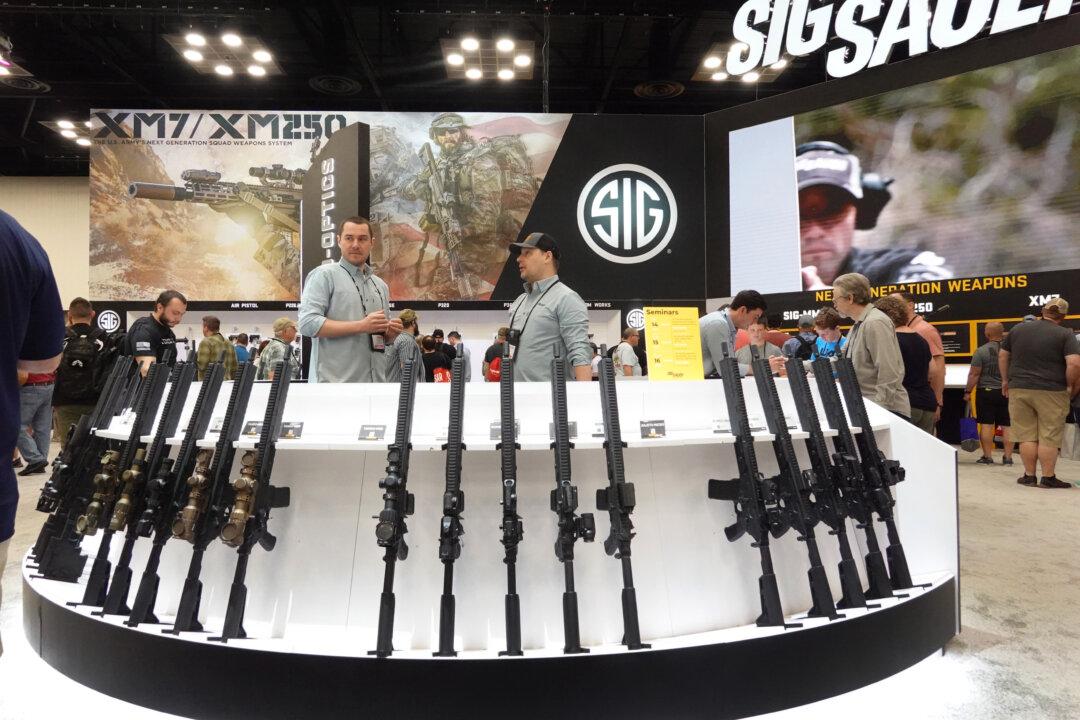Commentary
The Swiss-German firm SIG Sauer (“SIG” stands for Schweizerische Industrie-Gesellschaft, i.e., “Swiss Industrial Company”) is one of the world’s most venerable and respected gunmakers, dating back to 1853. Founded in Switzerland and currently headquartered in the city of Neuhausen am Rheinfall—with a U.S. subsidiary in Newington, New Hampshire—the company has won many law enforcement and military contracts around the world in its proud history.



